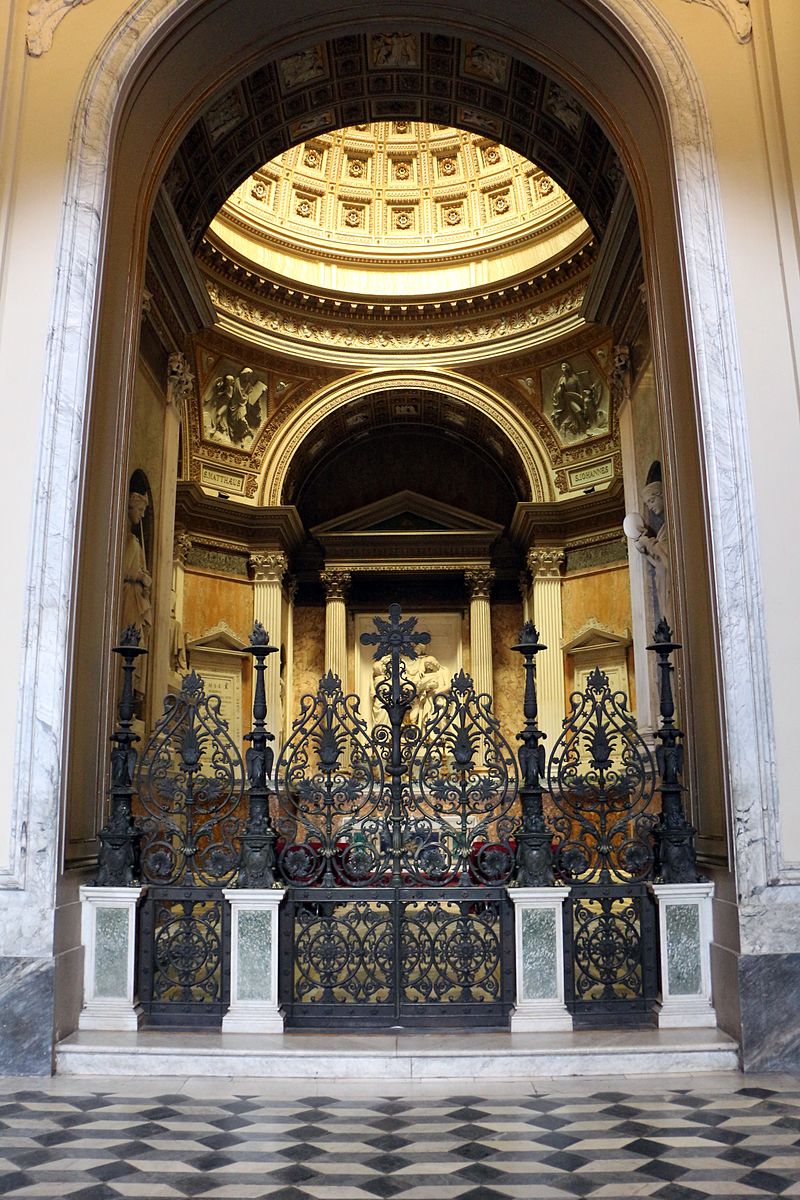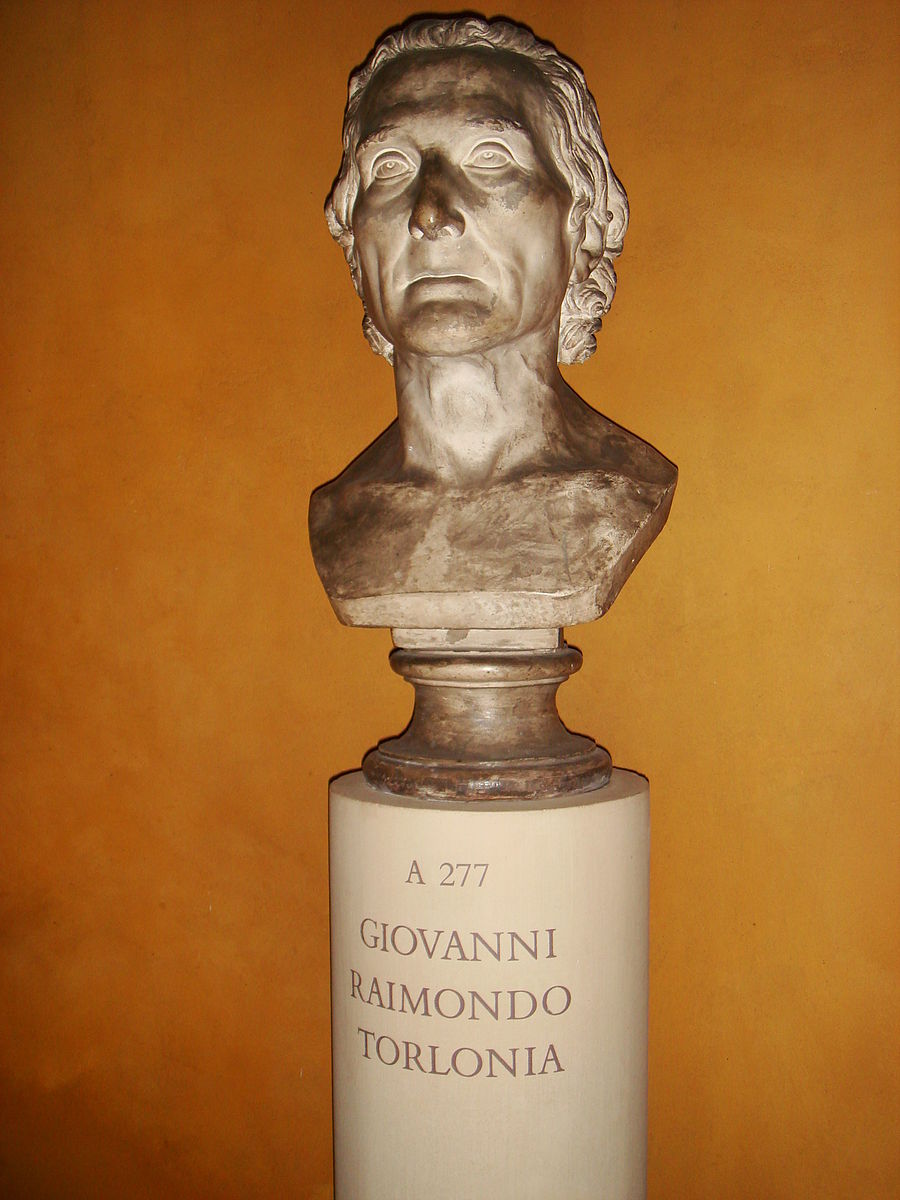Sculptor, Giuseppe Chialli, died in Rome on December 23, 1839. The author of a brief biography from 1861 notes the quality of his “exquisite” work in marble. Born in Città di Castello in 1800, Chialli’s brother was a painter; Guiseppe, however, was much more interested in sculpture. He trained with Tommaso Minardi and Antonio Canova.
Giuseppe executed a number of projects in his birthplace including work for the local convent of the Salesiane. He also traveled to Florence, Turin, and Rome. It was in the Eternal City that he executed a number of projects for the Torlonia family. Alessandro Torlonia (1800-1886) was the “papal banker” for Pope Gregory XVI; the pope granted Torlonia’s family permission to have a chapel in the Lateran. This honor was unusual; Daniela Felisini notes that the Pope “…was acknowledging the Prince’s high moral standing, and giving him a tangible indication of his blessing and approbation.” (p.112) Although the Torlonia family may initially have commissioned Danish sculptor, Bertel Thorvaldsen, to execute this prestigious project, responsibility fell to Chialli, Pietro Galli, and Giuseppe Barba to complete it. The three sculptors may have altered some of Thorvaldsen’s original plans.
Alessando Torlonia also continued a project begun by his father, Giovanni: the transformation of the Villa Colonna (Villa Pamphili) and its grounds. The English-style landscape was designed to include a number of “follies” that have since been further expanded.
References: Barbara Steindl. “Una committenza Torlonia: la cappella Torlonia a San Giovanni in Laterano.” Thorvaldsen: L’Ambiente, l’Influsso, il Mito. Edited by Patrick Kragelund & Mogens Nykjaer. Rome: Accademia di Danimarca, 1991. “Giuseppe Chialli.” Giornale: Scentifico-Agrario-Letterario-Artistico di Perugia. vol.VI (1861): “Villa Torlonia” (Roma, Musei in Comune); Daniela Felisini. Alessandro Torlonia: The Pope’s Banker. London: Palgrave Macmillan, 2016.
Images:
San Giovanni in Lateran, Rome. Source: Wikimedia Commons.
Cappella Torlonia (1830-50), San Giovanni in Lateran, Rome. Source: Wikimedia Commons.
Bertel Thorvaldsen, Bust of Giovanni Raimondo Torlonia. Source: Wikimedia Commons.
Giuseppe Valadier, Villa Torlonia, Rome (begun 1806). Source: Wikimedia Commons.
Giuseppi Japelli, Casina delle Civette, Villa Torlonia, Rome (1840). Source: Wikimedia Commons.
Further Reading: Bindman, David. Warm Flesh, Cold Marble: Canova, Thorvaldsen, and their Critics. New Haven: Yale University Press, 2014; Hunt, John Dixon and Stephen Bann. The Garden at War: Deception, Craft and Reason at Stowe. London: Paul Holberton Publishing, 2017.





